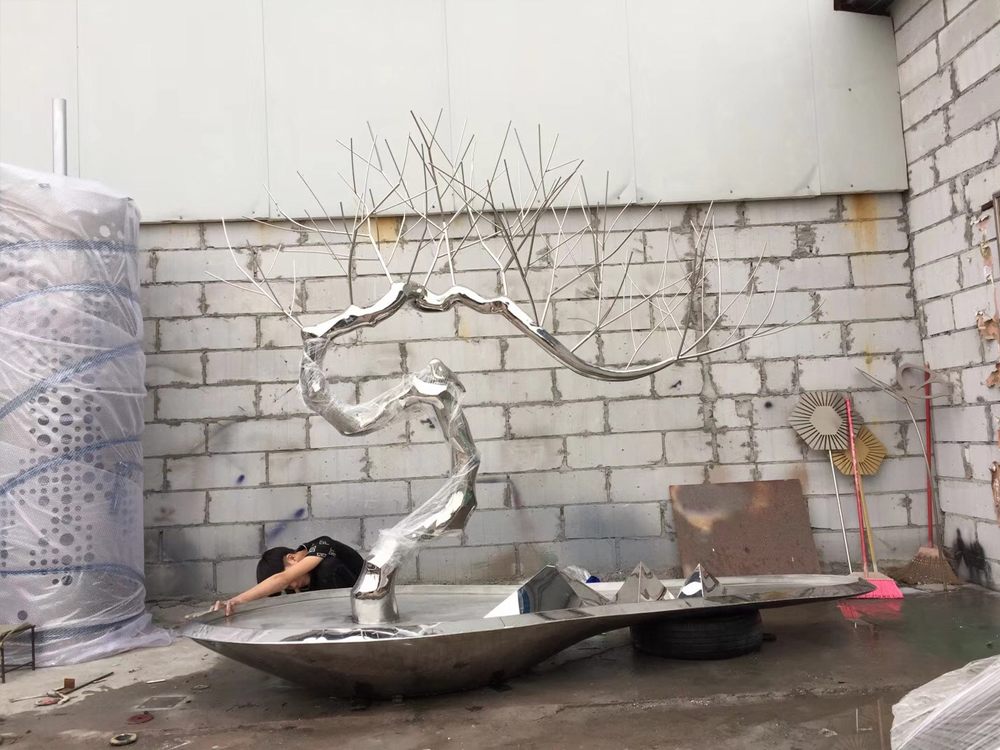
The weight of stone sculptures plays a critical role in their transportation and installation, presenting unique challenges that require specialized solutions. Unlike lighter artworks, heavy stone pieces demand careful planning, robust equipment, and skilled professionals to ensure safe movement and placement.
Transporting stone sculptures begins with assessing their weight and dimensions. Smaller pieces may be moved using dollies or pallet jacks, while massive works often require cranes, forklifts, or custom-built rigging systems. The sculpture's weight distribution also affects how it must be secured during transit to prevent shifting or damage. Road transport may need reinforced trailers, and international shipments often involve specialized art handlers familiar with customs requirements for heavy stone objects.
Installation presents additional weight-related considerations. The foundation or pedestal must support the sculpture's mass, sometimes requiring structural reinforcements. For outdoor installations, soil composition and drainage become crucial factors to prevent sinking or tilting over time. Heavy sculptures may need temporary support structures during placement, with teams using hydraulic lifts or gantry systems for precise positioning.
Modern techniques like 3D scanning and digital modeling now help planners simulate the installation process, identifying potential weight-related issues before physical handling begins. Despite technological advances, the human element remains vital - experienced art handlers understand how stone behaves under stress and can anticipate challenges invisible to machines.
Proper planning for weight-related factors ensures these timeless artworks survive the journey from studio to their permanent homes, preserving them for future generations to appreciate. Whether moving a small garden statue or a monumental public artwork, respecting the stone's mass leads to successful installations that stand the test of time.

